
Densification of 5G network infrastructure refers to the strategy of increasing the density of network elements, which is essential to maximize the performance and capabilities of next-generation wireless communication systems.
This process primarily involves the deployment of additional small cells, antennas, and other network components to enhance coverage, capacity, and overall service quality. Here are some key aspects of densification in 5G networks:


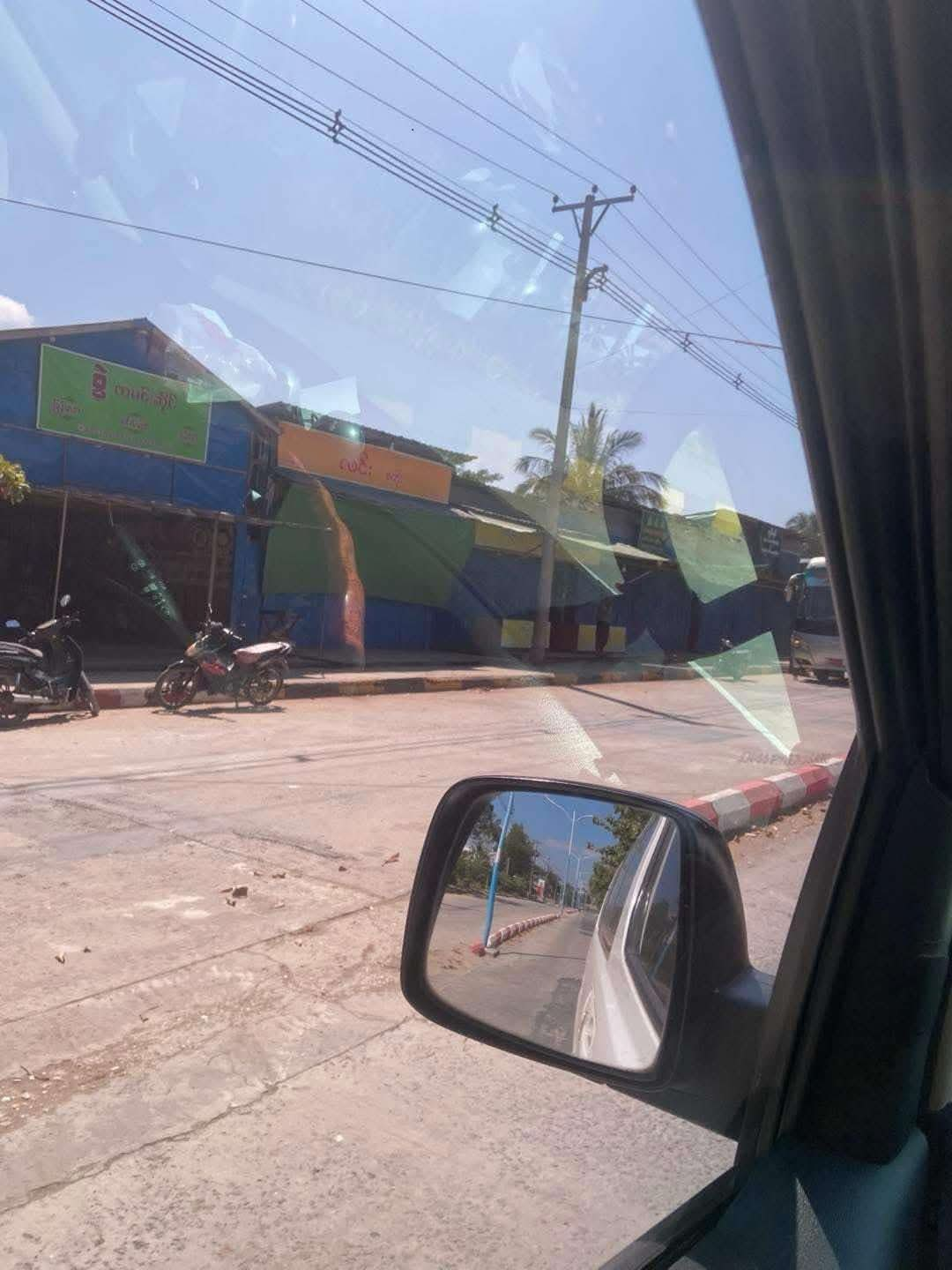
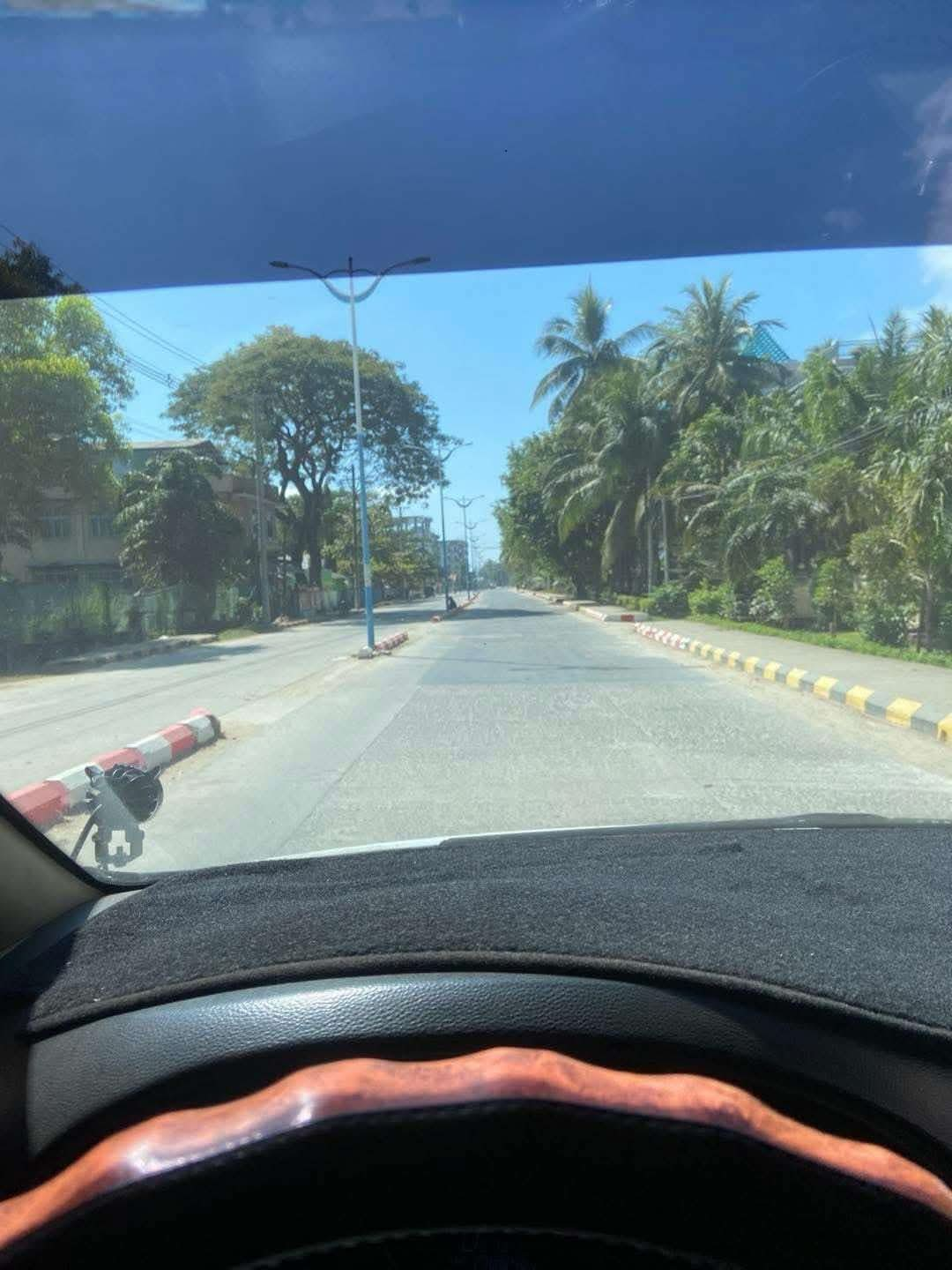
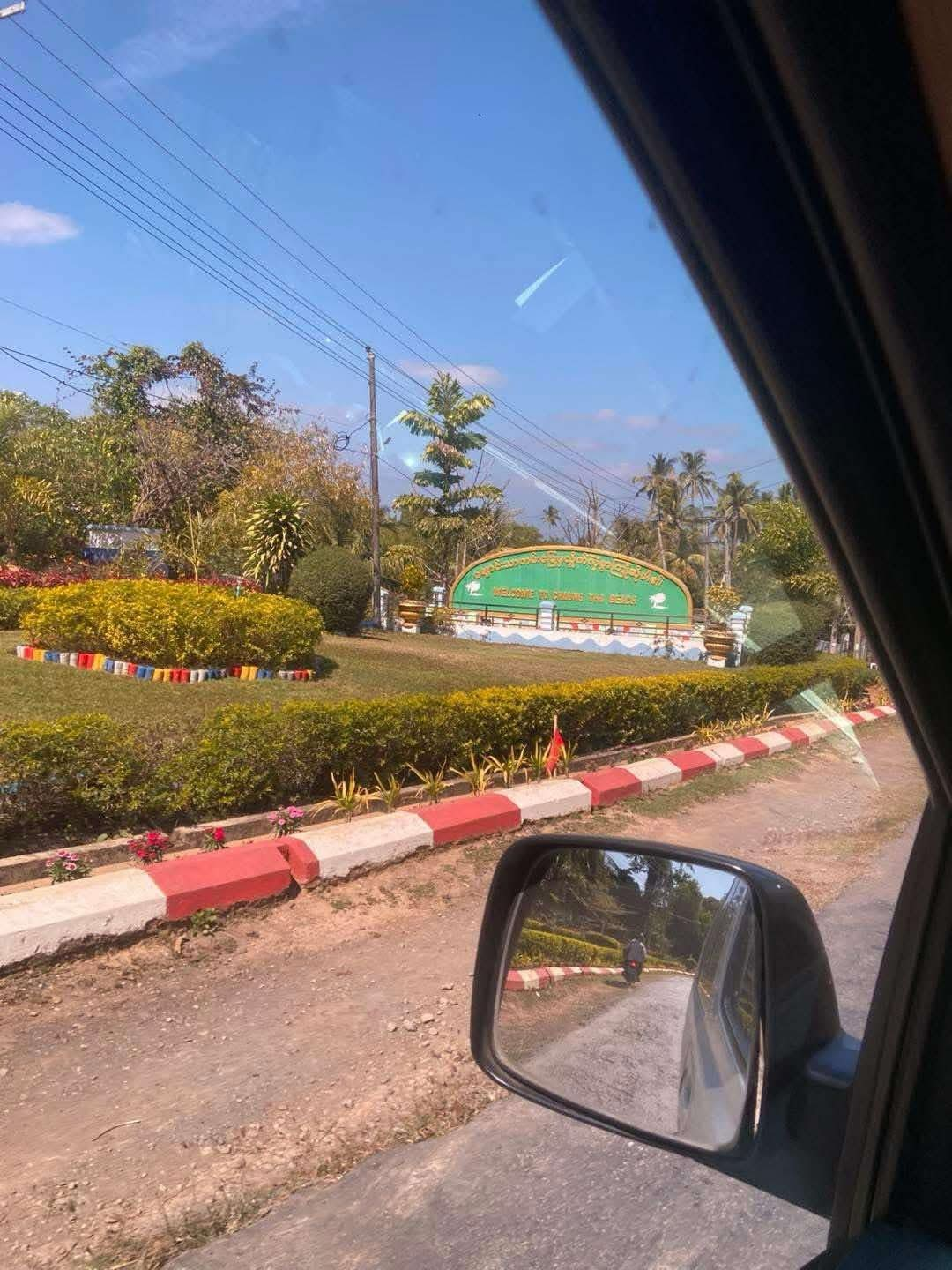
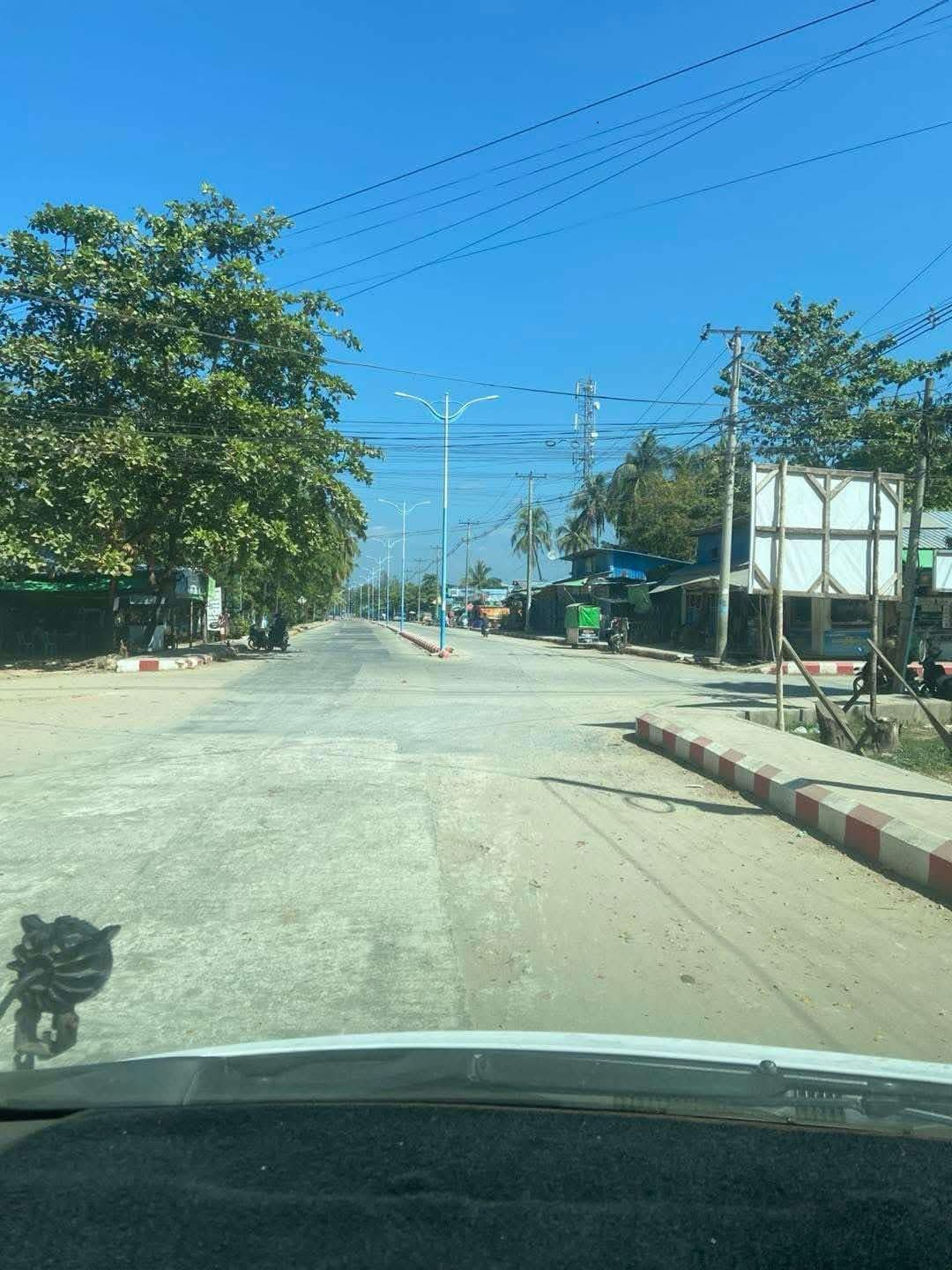

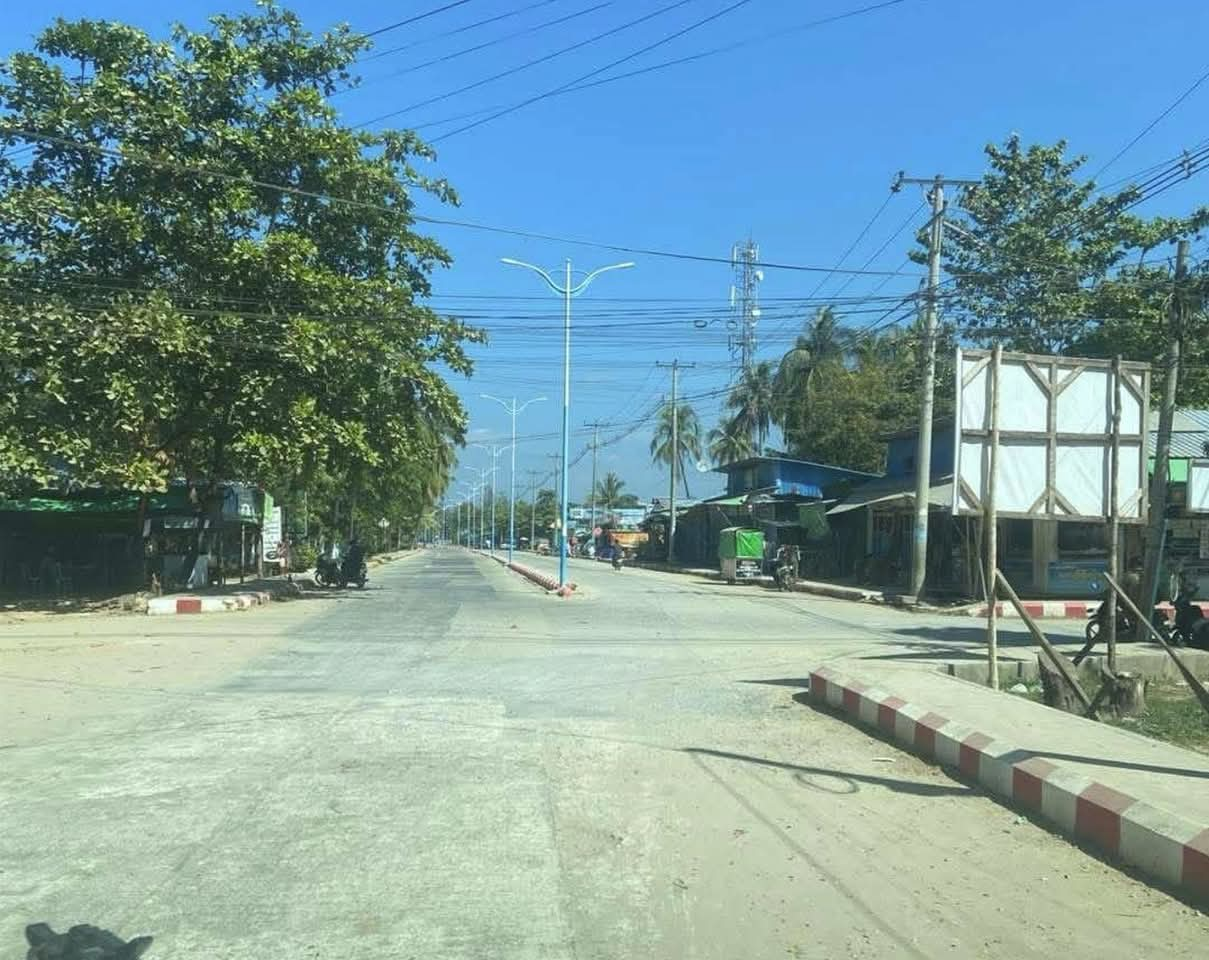
1. Small Cells
Definition: Small cells are low-power, short-range wireless access points that provide coverage and capacity in high-demand areas.
Deployment: They are often placed in urban environments, such as streetlights, buildings, and other structures, to fill coverage gaps and handle high data traffic.
2. Massive MIMO
Technology: Massive Multiple Input Multiple Output (MIMO) involves numerous antennas at the base station to serve multiple users simultaneously.
Benefits: This technology enables spatial multiplexing, which increases capacity and improves spectral efficiency.
3. Beamforming
Enhanced Signals: Beamforming is a technique used to direct the wireless signal in specific directions, rather than broadcasting it uniformly.
Advantages: It increases the effective range and reduces interference, improving the user experience.
4. Network Slicing
Virtualization: Network slicing allows multiple virtual networks to operate on a single physical network. Each slice can be tailored to meet specific requirements for various use cases (e.g., IoT, enhanced mobile broadband, ultra-reliable low-latency communication).
Flexibility: This flexibility supports a diverse range of applications and user demands.
5. Edge Computing
Proximity: Deploying edge computing resources closer to users lowers latency and improves the efficiency of data processing.
Use Cases: It is particularly beneficial for applications that require real-time processing, such as autonomous vehicles, augmented reality, and video streaming.
6. Backhaul and Fronthaul
Infrastructure Upgrades: Densifying the network also necessitates improved backhaul (connecting the core network to base stations) and fronthaul (connecting radio units to baseband units) solutions.
Technologies: Fiber optic connections, microwave links, and other advanced technologies are often utilized to handle the increased data throughput.
7. IoT Integration
Support for Devices: With the expected growth of IoT devices, densification helps accommodate millions of connected devices, many of which may only require sporadic data transfers.
Low Power Technologies: Incorporating low-power wide-area network (LPWAN) solutions facilitates connectivity for IoT applications.
8. Regulatory and Site Acquisition Challenges
Zoning Regulations: Deploying small cells can involve navigating local regulations and obtaining necessary permits.
Community Concerns: Engaging with communities about the benefits of densification, such as improved connectivity, is essential to address concerns regarding aesthetics and health.
9. Financial Considerations
CapEx and OpEx: While densification can lead to increased capital expenditures (CapEx) for infrastructure deployment, it also results in reduced operating expenses (OpEx) through enhanced efficiency and user retention.
Shared Infrastructure: Operators may consider collaborating or sharing infrastructure to mitigate costs.
10. Future Trends
Automation and AI: As networks become denser, automation and AI will play a crucial role in network management, optimizing performance, and ensuring reliability.
Integration with 6G: Early considerations for 6G might involve the lessons learned from 5G densification, focusing on even greater capacity and user experiences.
Conclusion
Densification of 5G network infrastructure is critical for realizing the full potential of 5G technology. It addresses the growing demand for higher data speeds, lower latency, and improved connectivity in increasingly crowded urban and suburban environments. Proper implementation requires a comprehensive strategy that includes advanced technologies, regulatory navigation, and community engagement.


Leave a Reply